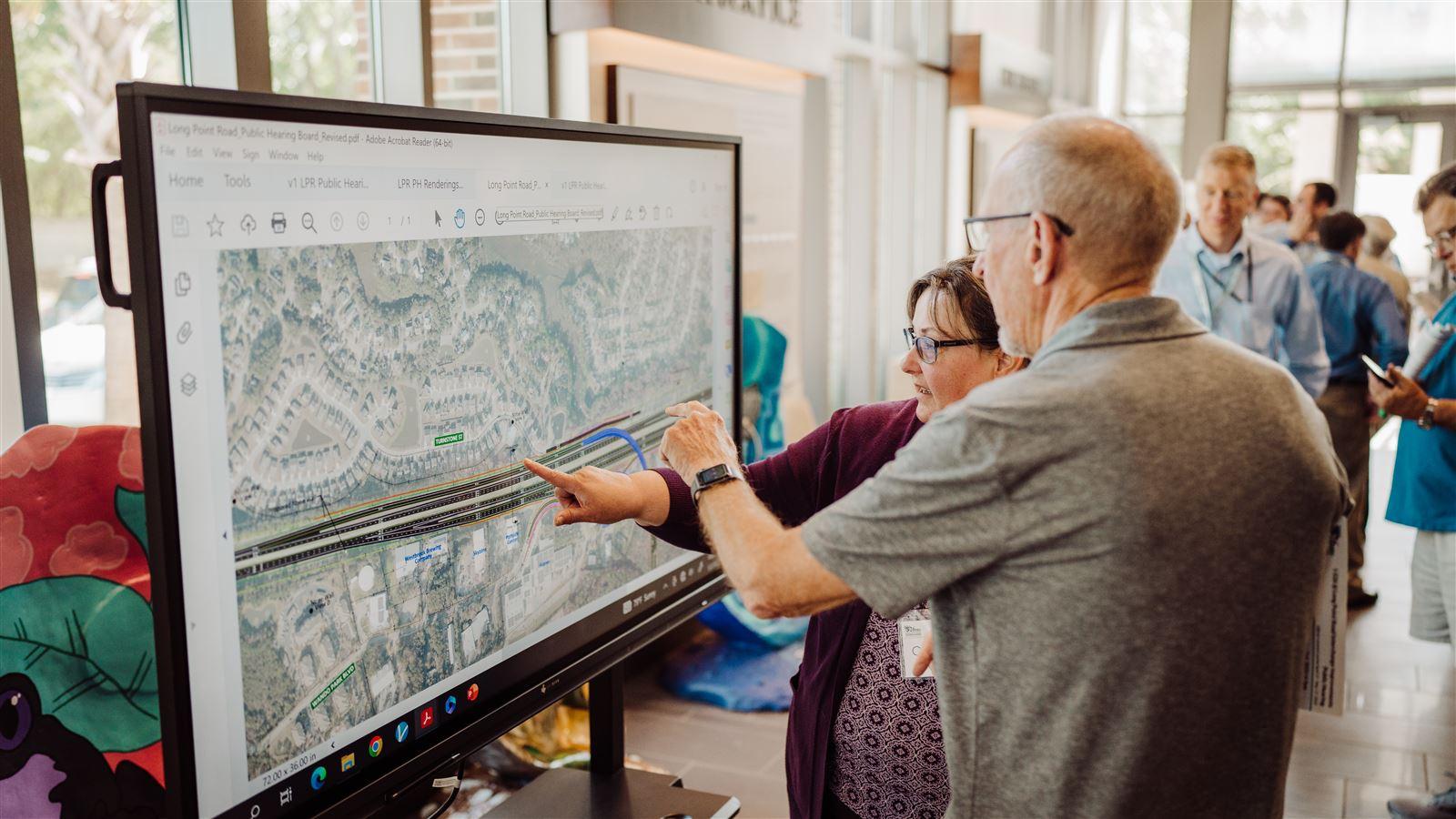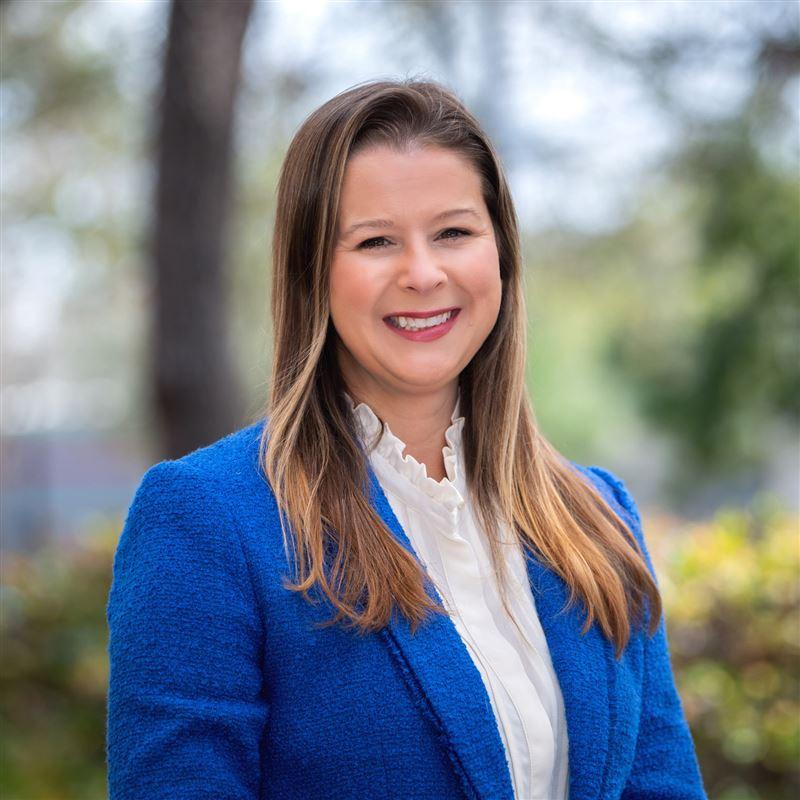Master Transportation Communication with These 6 Language Tips
Tim Sorenson, lifelong transportation engineer and CDM Smith’s urban mobility expert, has spent decades working with transit agencies, local communities, and DOTs to build multimodal solutions that address mobility needs, infrastructure requirements, and minimize environmental impacts. He’s developed six common language strategies to boost transportation communication.
The role of the transportation planner is evolving. The days of staying in our comfort zone—performing network analysis, incorporating data forecasting, integrating regional connectivity with larger multimodal goals—are over. Now we must become organizers of the infrastructure… moving people, goods and services in ways we haven’t done before.
As we execute infrastructure improvement projects, we interact with specialists in just about every field (planners, designers, developers, local officials, community leaders, utilities, and others). Each one has a part to play in the project’s overall success, but truth be told, the priorities of a roadway designer are vastly different from those of a funding specialist. Communication is vital, so recognizing that there are common goals creates a pathway to strategic decision making. The backbone of these goals is a recognition that even though they might use different terms or come at it from a different perspective, there are several terms and approaches that most transportation professionals generally align with that can create a common language to help achieve their shared vision.
Here's how to make that happen.
Creating a common language: the 6 pillars
 Safety
Safety
Safety is at the top of the list of priorities on any project. While safety is quantifiable, perhaps more important is the feeling of safety. If someone is standing at the bus stop or riding his bike along a corridor, does he feel safe? Are there visual safety cues that alert her to change her driving style as she moves from the Interstate to a local street?
 Permanence
Permanence
Permanence helps shows commitment, both financially and pragmatically, while also creating an organizational structure. Planners can now say, “Here's where the buses go, here's where the bikes go, here's where the people go,” so all the responsible parties know what's expected of them. And with permanence comes a sense of place, fostering a community atmosphere where people feel happy and secure.
 Connectivity
Connectivity
Modal transfer, whether that be drivers connecting to parking garages, walkers traveling via sidewalks, or public transit riders connecting to bus shelters, should be seamless. Planners must build connections across all modes as well as local-to-regional access.
 Multimodal Operations
Multimodal Operations
Planners need to ensure the availability of service. Transit needs to be purposeful, frequent, accessible and well-integrated with the larger transportation network.
 Traffic Efficiency
Traffic Efficiency
As planners, we’ll always need to move cars, but we must challenge ourselves to think strategically about levels of service. “How much longer is it going to take for someone to travel from point A to point B if we put in this BRT stop? Is queuing going to become a problem? Are we going to block intersections?” These are traffic efficiency concerns we must address to understand how that corridor is impacted and how to maximize traffic efficiencies.
 Curb Management
Curb Management
There’s so much competition for curb space. Businesses use it for parking, deliveries and outdoor dining. Travelers need it for make right turns, board buses and gain microtransit access. Cities utilize their curbs for stormwater drainage, waste management, and pay meters. Today’s technology even allows us monetize the curb, but all of this is only possible if we as planners manage beyond our typical siloes and move forward together.
Utilizing these six language tips makes it so all the planners involved in your next infrastructure projects have the skills to execute truly integrated improvement plans.

Communication is vital, so recognizing that there are common goals creates a pathway to strategic decision making.









